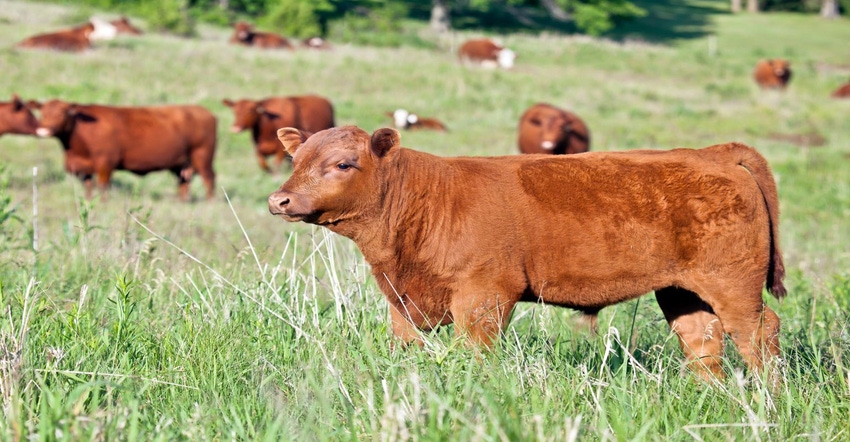February 16, 2022

The environmental impact of the beef industry has received increased attention from the public because of perceptions of its effects on climate change. The International Panel on Climate Change estimated that 23% of global greenhouse gas emissions were from agriculture, forestry, and “other land uses”. Methane is a potent greenhouse gas, and Ag, Forestry and “Other” land uses produce about 44% of the methane, with 46% of that coming from ruminant animals.
In the United States, agriculture contributes 9% of the total greenhouse gas emissions with transportation, industry, and electrical sectors producing 79% of total greenhouse gasses. Of the 9% of greenhouse gas emissions attributed to agriculture, 60% is attributed to animal agriculture (5.4% of total emissions) and 60% of that is methane from all ruminant animal agriculture (3.2% of total US emissions).
Life-cycle assessments of the US Beef Industry indicate that the cow-calf and stocker segments of the industry produce 70 to 80% of the greenhouse gas emissions from the beef sector. This is because 1) cattle consuming a high forage diet have increased methane emissions and 2) brood cows live on pastures continuously and have a single offspring per year.
Globally, 75% of greenhouse gasses from ruminants are produced in developing countries, producing over 2-times the greenhouse gas per pound of carcass than in developed countries. This is driven by low feed digestibility, low slaughter weights, higher age at slaughter, and poor animal husbandry practices. Emission rates per pound of product in developed countries (primarily Europe, North America, Australia, and New Zealand) are low due to improved grazing management, higher pasture quality and digestibility, and more intensive feeding practices.
Even though livestock’s greenhouse gas emissions are relatively minor in the U. S., methane emissions can be reduced by improving forage quality such as increasing use of cool-season forages and legumes and using rotational grazing management. Reducing methane emissions by acting directly on the grazing animal and not the forage base is problematic partially due to the difficulty in estimating intake of grazing animals (level of intake is a major driver of enteric CH4 production), the infrequency of supplementation, and the variable level of individual animal supplement intake.
Common strategies to reduce methane production are supplementation to increase animal performance and providing supplements that directly alter ruminal fiber digestion or methane producing ruminal bacteria.
Methane mitigation strategies in grazing environments are limited, but producer decisions that improve the nutritional status of animals, the quality of the forage base, and supplementation of methane mitigation compounds can reduce methane production. Thus, management, husbandry, and technologies that increase productivity and efficiency of beef production systems can also reduce the environmental footprint of beef.
Source: Oklahoma State University, which is solely responsible for the information provided and is wholly owned by the source. Informa Business Media and all its subsidiaries are not responsible for any of the content contained in this information asset.
You May Also Like




